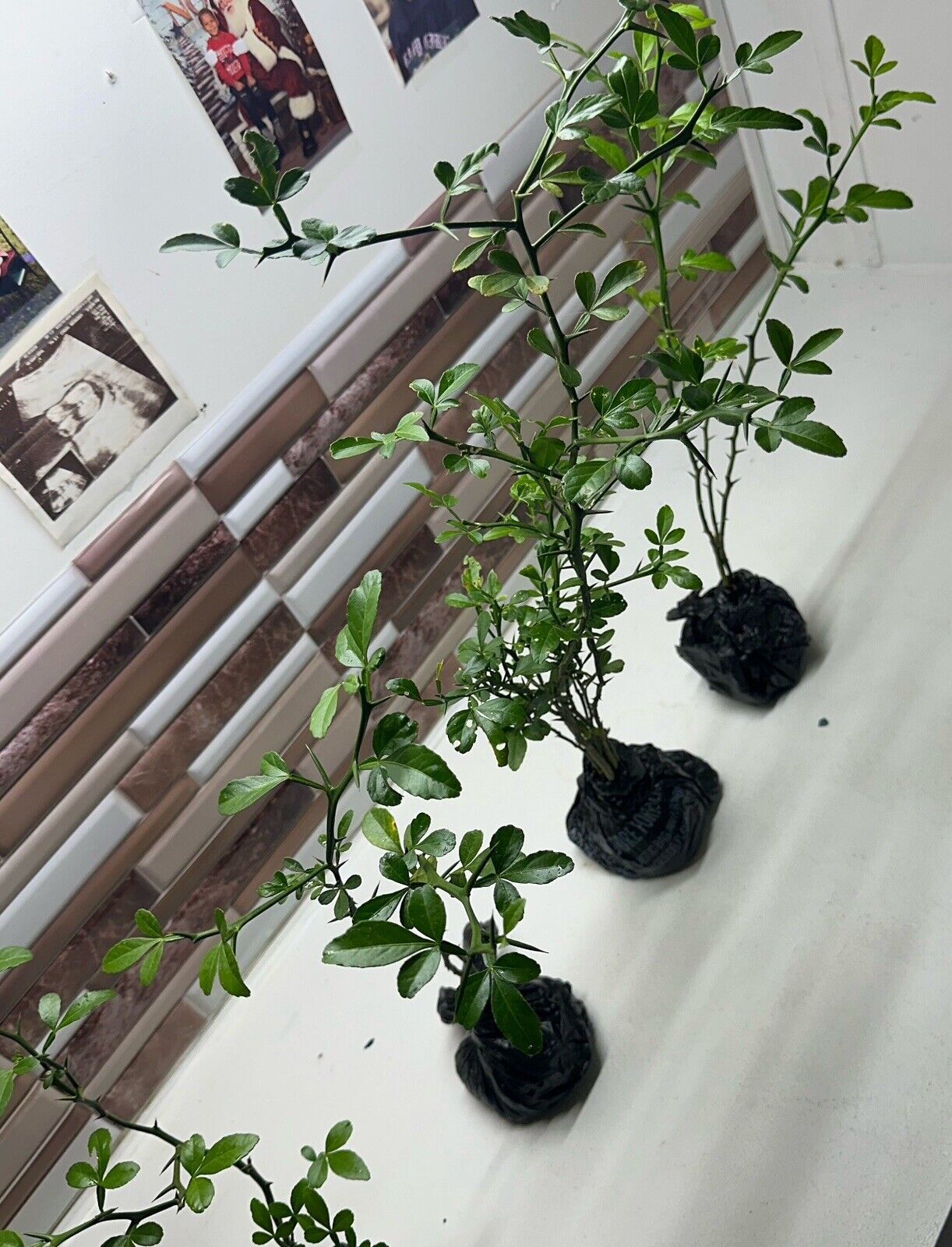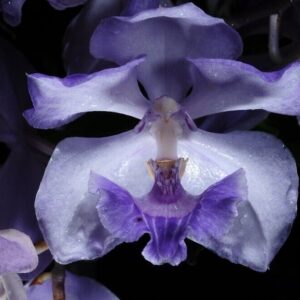Description
body { font-family: “Market Sans”, Arial, sans-serif; }
6” Hardy Orange Tree Cuttings – Ready to Plant – Cold-Hardy Citrus Sapling
Pre-potted citrus shrub, hailing from Northern China and Korea and also grown in South Arkansas, boasts cold-hardiness and medicinal richness. Indulge in its vitamin C-packed sour fruits, perfect for culinary delights. Ideal for containers, bonsai-style, or as a dwarf rootstock. Admire the scarlet and yellow autumn leaves, and rest easy knowing it’s pest disease-resistant, thriving in Zone 5.
General Information
Scientific Name: Poncirus trifoliata
Common Names: Hardy Orange, Trifoliate Orange, Bitter Orange
Plant Type: Deciduous shrub or small tree
Family: Rutaceae (Citrus family)
Origin: Native to Northern China and Korea
Growth and Characteristics
Size: Typically grows to a height of 8-20 feet, but cuttings or younger plants may be trained as bonsai or kept smaller for container gardening.
Leaves: Trifoliate (three-lobed) leaves that turn shades of scarlet, yellow, and orange in autumn.
Thorns: Branches are covered with sharp thorns, which can provide a natural barrier or hedge.
Flowers: White, fragrant blossoms that bloom in early spring.
Fruit: Produces small, round, sour fruits resembling oranges. These fruits are rich in vitamin C but are too tart to eat fresh; they are best used for marmalades, jams, or flavoring.
Hardiness and Growing Conditions
Cold-Hardy: Extremely tolerant of cold temperatures, surviving in climates as cold as USDA Zone 5 (-10 to -20°F / -23 to -29°C).
Sunlight: Prefers full sun but can tolerate partial shade.
Soil: Thrives in well-draining soil with a slightly acidic to neutral pH (5.5 to 7.5). It is adaptable to different soil types, including sandy or loamy soil.
Watering: Moderate watering is required; keep the soil evenly moist but not waterlogged.
Drought Tolerance: Once established, it has moderate drought tolerance.
Pest and Disease Resistance: Naturally resistant to many common pests and diseases that affect citrus plants, making it easier to care for.
Uses and Benefits
Ornamental: With its vibrant foliage and unique thorny branches, it makes an excellent ornamental plant for gardens, bonsai, and container planting.
Medicinal Uses: The fruits have been used in traditional Chinese medicine for their digestive and anti-inflammatory properties.
Culinary Uses: The sour fruits are ideal for making marmalades, jellies, and other citrus-flavored condiments.
Rootstock: Commonly used as a rootstock for grafting other citrus varieties due to its cold-hardiness and adaptability.
Care Tips
Pruning: Regular pruning can help shape the plant, remove dead or damaged branches, and encourage new growth.
Fertilizing: Use a balanced fertilizer during the growing season to support healthy growth, especially when grown in containers.
Winter Protection: Although cold-hardy, young plants may benefit from mulch or a protective covering in extremely cold regions to prevent frost damage.





Reviews
There are no reviews yet.